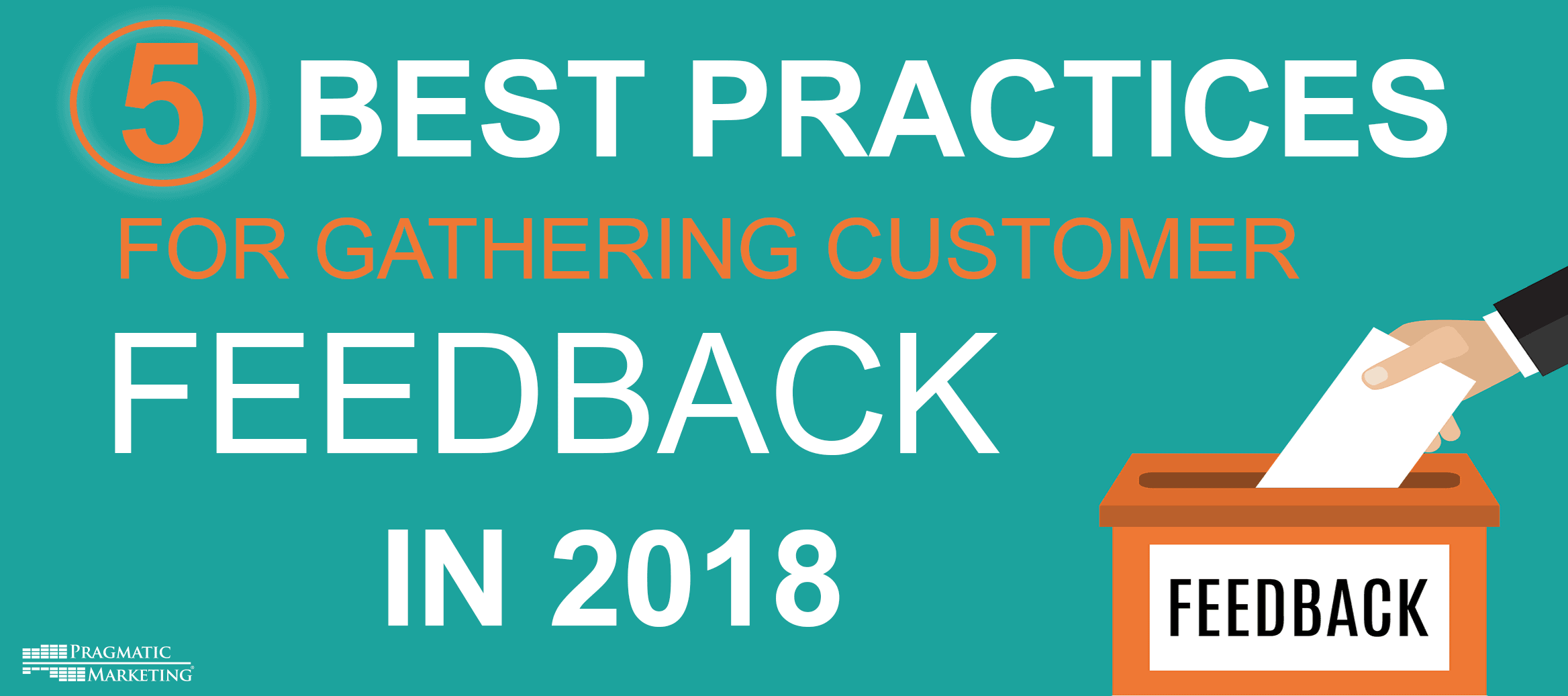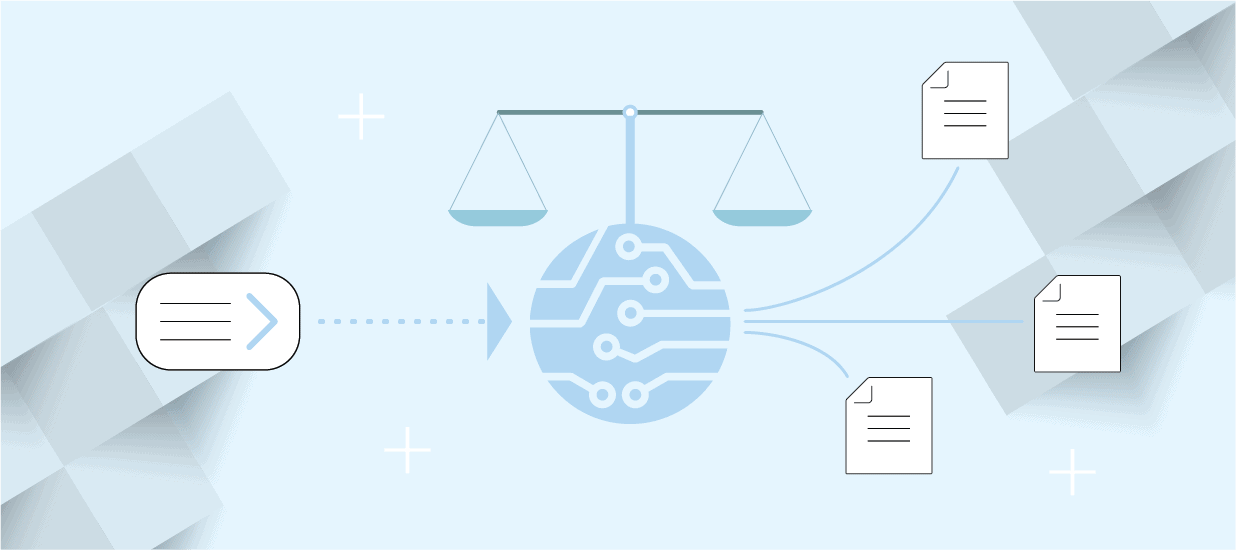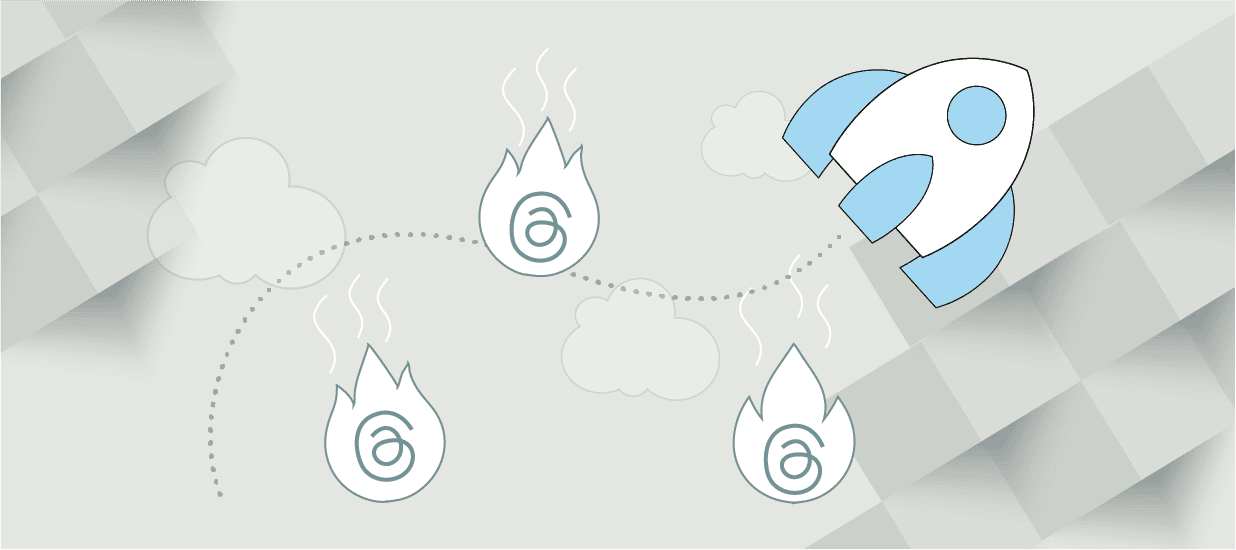“What is most important to you?” This was the subject line of an email I recently received from an account manager at a financial management software vendor. Inside the email was a list of 10 potential features. My instructions were to highlight the feature enhancement that I deemed most important and send back my reply. There was only one thing wrong with this approach and it irked me.
We rely on this product every day—it is important to our business. So of course our team had told the account manager (many times over the past six months) about the one major improvement that we would really benefit from.
And yet there I was with a mass email full of ideas. I dutifully highlighted the most important enhancement and sent back my reply. Even though it was frustrating, I understood why the software vendor was trying to gather customer feedback—to help with 2018 planning.
It was not all bad though. The experience also drove me to write this article on what I consider to be best practices for gathering customer feedback. I immediately took note of several issues that the email revealed.
The product team was clearly not soliciting feedback from customer-facing team members (such as the account manager) on an ongoing basis. This was also a one-off email request, which meant that gathering product feedback was seen as an isolated event as they headed into 2018 product planning. No wonder the product was evolving at a slothful pace.
Gathering customer feedback should be a constant. We took this into consideration when we built Aha! (which, as you probably know, is product roadmapping software). And we use our own product to capture customer ideas and manage them as well. We continuously review customer input. Every week our product team reviews dozens of new ideas and feedback submitted to our “ideas portal” at https://big.ideas.aha.io/.
We review everything that is submitted and do our best to respond to as many ideas as possible. Some are promoted to our roadmap and others are not. Many receive a reply if the functionality or a work-around already exists, and all ideas are categorized and updated to reflect their status. This is an integrated approach—idea management is woven into our product roadmapping process.
But I know that not all companies approach gathering feedback in this way. Most do not have a unified way to capture customer requests in the first place. Others simply do not have a clear product strategy, so there is no clarity around which ideas matter most. It is hard to evaluate ideas when you do not know where you are headed.
You may work at a company like this. But even if yours does not make continuous customer feedback a priority, you can lead the way in 2018.
Here are five best practices for gathering product feedback:
Make It Easy to Give
As I mentioned, our product management software has idea management built in. So we use our own ideas portal for this. It is easy for customers to share feedback online whenever it comes to mind. But your company might not be using product management software yet. If not, choose a consistent method for gathering feedback that works for your team—tagged support tickets and satisfaction surveys are common options.
Then, you must make the agreed-upon method known across your company. When folks inevitably circumvent the process by sending direct notes or verbally sharing, gently steer them back to ensure consistency. A consistent process is also helpful for when you want to create reports that show trends around functionality requests.
Evaluate Objectively
You need to establish the objective metrics you will use for reviewing ideas and communicate those metrics to everyone involved (sales, engineering, etc.). This allows you to speak the same language when it comes to evaluating ideas and saying no. You can use scoring with custom metrics or a “jobs to be done” framework that links to your customer personas and strategic product initiatives for the next quarter.
You will also want to set status categories that you will use to organize feedback so there is no confusion about next steps. We use clear and actionable statuses such as “under consideration,” “unlikely to implement,” “likely to implement,” “planned” and “already exists.”
Set a Response Goal
We having a saying at Aha!: “Why wait?” Responsiveness is part of our culture and I believe all companies can benefit from responding to requests quickly. After all, delaying will not make those requests go away and you cannot afford to keep revisiting the same issues. You need to quickly analyze feedback and ideas as they come in and allow your goal-first strategy to guide you in making decisions around what to pursue.
This urgency helps us deliver product enhancements each week that make our customers happy. It also guides our “zero unreviewed ideas” policy. We try to review and process customer feedback within eight hours of receiving. That is our goal for being responsive. Set your own and, just like the preferred method for sharing, communicate the goal for response time to the entire team.
Ask, Ask, Ask
You cannot build a great product if you do not talk to users. The good news is that people usually want to tell you what would make the product better. At Aha!, we talk to customers all day long, on live product demos and with our ultra-responsive customer success team (all former product managers), who engage with customers one-on-one. We encourage our team to show curiosity to uncover the “why” behind the feedback: Ask, ask, ask.
If there is not a way for you to directly contact your users, create opportunities to do so through teams who interact with customers every day. Set up recurring meetings and encourage those teams to share feedback on behalf of customers using the method you have settled on.
Include Leaders Too
Communicating with customers to understand their needs is not solely product management’s realm. Everyone in the organization needs to be listening. This means company leaders should be involved in customer conversations too. Identify customers with relevant use cases or who represent your core user base (or markets you wish to grow into) to make the best use of their time.
Find opportunities to include leaders in relevant conversations. In the last few days, I met with several customers, including one of the world’s largest financial software providers and a major healthcare company. I worked to better understand how they were using Aha! and what they wanted to see us add to the product next.
There is no need to wait—you can get started today. It may not be easy at first, especially if you are working within a loosely defined strategy or slogging through layers of internal dysfunction.
If you want to build something that truly matters and makes a difference to your customers, then you cannot afford to leave gathering feedback to an annual mass email. It is not easy for busy product teams to prioritize gathering customer feedback and prioritizing the ideas quickly. But I believe that it is essential to create long-term customer delight and a winning position in the market.
How do you approach gathering customer feedback?
Author
-

Brian de Haaff, with 30 years of experience, writes and speaks passionately about product and company growth, as well as the pursuit of a meaningful life. Having contributed to companies like Concentric Network, Paglo, and Citrix, he is the co-founder and CEO of Aha! — the world's #1 product development software. For questions or inquiries, please contact [email protected].
View all posts








